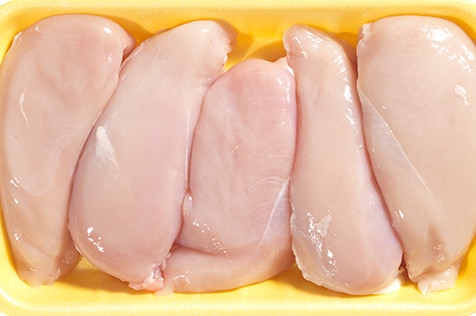Salmonella and Chicken
Salmonella and Chicken

CDC estimates that Salmonella causes more foodborne illnesses in the United States than any other bacterium. Chicken is a major source of these illnesses.
We know it is possible to reduce Salmonella contamination of chicken and the resulting illnesses, hospitalizations, and deaths.
Although the overall rate of Salmonella illnesses has not declined in the United States for at least 25 years, we have observed a recent decline in Salmonella Typhimurium. Widespread vaccination of chickens against this serotype in the United States may account for part of this decline.
Some investigators think targeting other serotypes through poultry vaccination could reduce human illnesses. In 1993, England and Wales launched a program to vaccinate chickens against both Salmonella Enteritidis and Salmonella Typhimurium and to improve hygiene through measures such as feed and flock testing, and cleaning and sanitizing buildings that held infected birds. The following year, human infections of Salmonella Enteritidis associated with eating chicken dropped dramatically. And from 1997 to 2011, incidence of Salmonella Enteritidis infections among humans decreased 99% in these parts of the UK.
CDC is working with the U.S. Department of Agriculture’s Food Safety and Inspection Service, state health officials, consumer groups, and industry to develop multiple approaches to prevent illnesses. These measures will involve each step of the food production chain from farm to fork: production, processing, distribution, and preparation.
Learn about other foodborne, waterborne, and fungal disease prevention priorities.